About Kibaguio
Kibaguio is a special barangay under barangay Langtud in Laak, Davao de Oro which belongs to the Geographically Isolated and Disadvantaged Areas (GIDA).
Special barangays are communities added to an existing barangay. They don’t have an official budget and are in floating status, awaiting whether the local government will fund interventions or not. Thus, there are no elected officials, only appointed ones.
Kibaguio is more than an hour and a half away from the municipality’s center. With a narrow, unpaved provincial road compounded by an uphill drive, the area can only be accessed with motorcycle and four-wheel drive vehicles.
Like a majority of GIDA, network signals from major network providers are accessible in selected spots, mostly at higher places.
Farmers in GIDA like Kibaguio may not have been as heavily affected by the economic downturn following CoViD-19 restrictions, but they felt its effects.
Alner Sebio’s SAAD Project Implementation
Alner Sebio, a father of six, provides for five of his children’s education by volunteering for Civilian Active Auxiliary (CAA) and serving as the Barangay Agriculture Extension Worker (BAEW) in Kibaguio.
Alner and 24 other farmers in the municipality of Laak were identified as beneficiaries of the Special Area for Agricultural Development (SAAD) Program in 2020.
In May 2020, each beneficiary received a 20 kilograms (kg) sack of open-pollinated variety (OPV), alongside two components: a sack of urea and complete fertilizer worth Php 2,502.70.
In August 2020, Alner planted the corn seeds in his 0.73-hectare rolling field in barangay Kibaguio.
In December 2020, Alner harvested 1,200kg of corn which he sold at Php 12/kg and earned Php 14,400.
With the money, he was able to enroll his eldest, a graduating education student, to a private university in Davao City for on-the-job training. He also bought a sack of rice, various viands, and herbicide for land preparation.
Asked about how he achieved a great yield, Alner said, “Naghinlo ko sa akoang uma, naa kuy gamayng kwarta akoang gisuhulag pugas, tapos naa abono nga akoang gigamit. Mao ra jud na siya [I cleaned my field, I had a small amount of money and used it to hire people for sowing, and I used the fertilizers given to me. That’s it.]”
“Ok na kaayo na nga abot, since gitanom niya sa sloping nga area [His yield was more than good, especially since he planted it on a sloping hill],” commented Engr. Teresita Lucas, Davao de Oro Provincial Agriculturist Office’s Corn and SAAD Focal Person.
Corn yields depend on the area where the crop is planted. In plains, higher yields are expected. The PSA in Region 11 estimated that in the last quarter of 2020, corn yield per hectare in Davao de Oro was at 1.65 metric tons (mt). Alner’s yield was at par with estimate of 1.64mt/ha.
According to the Philippine Statistics Authority (PSA), the average wholesale price of white corn grain dropped to Php 16.13/kg in the first week of December 2020 compared to Php 17.02/kg in the same period the previous year.
Additionally, the PSA reported in their quarterly Palay and Corn Bulletin that Davao Region was one of the top three regions sharing 69% of the country’s total white corn production in October-December 2020.
Although OPV white corn was meant to be replanted, Alner opted not to as the emerging rat infestation in Kibaguio threatened the next produce.
Instead, he used the herbicides he bought to prepare the land for another SAAD Region 11 intervention, cardava plantlets. The plantlets are due for distribution from March to May this year.
“Daghan na jud natabang ang SAAD diri sa amoang barangay. Ug hangtod karon, nagpadayon ang programa, pantabang sa mag-uuma [SAAD has been a great help in our barangay. Even up to now, the program continues to help farmers],” Alner added.
SAAD Region 11’s White Corn Production Project
Last year, SAAD Region 11 identified 1,000 individual beneficiaries from 30 barangays in Davao de Oro for its OPV white corn production program. With an allotment of a little more than Php 2.5 million, 10 out of 11 municipalities in Davao de Oro received the project.
“Ang SAAD program, ok kaayo! [The SAAD program is A-OK!],” Alner enthused, using SAAD Region 11’s tagline. “Tanan nilang gi-saad, muabot [All of their promises, they delivered].”
“Mao juy tuyo sa SAAD program nga matabangan ang atong mag-uuma, ilabi na karong panahona [The purpose of the SAAD program is to help our farmers, especially in these times (of the pandemic],” Naomi Lamata, SAAD Region 11 Focal Person said.
Under the refocusing of SAAD FY 2020 funds using 3-6-9 approach, all production inputs such as seeds and planting materials, among others, were prioritized to be delivered before June. This was in direct response to the government’s commitment in providing food among Filipinos amid pandemic.
Product pricing in GIDA amid pandemic
Alner’s yield was purchased at Php 12 per kilo. At the time, this was at a disadvantaged price. The pandemic affected demand in the supply chain, although things are looking up in the first quarter of 2021.
Corn was one of Alner’s main income generators, alongside coconut and banana. He said the latter crops both suffered price dips as well. Now, he intends to postpone planting corn for the time being and will focus on bananas instead.
Even so, he remains optimistic this year. “Atimanon namo ug maayo ang proyekto sa atong gobyerno para mapuslan. Kay kami ra man gihapoy mabulahan [We’ll take care of government projects for it to be of use. In the end, we are the ones who’ll benefit],” Alner said.
“Nalipay jud ko nga ang SAAD, wala man silay gipangayo nga bayad, gawas nga malipay sila nga nakalista ko sa akoang harvest [I am elated that SAAD won’t ask for any payment except that I keep records of my harvests],” he added.
Farmers in Kibaguio are due to receive banana plantlets from SAAD Region 11 as part of an overarching livelihood program from last year. Alner expects 500 hills of cardava plantlets from the program in the next few weeks.
This year, the region allocated more than Php 400,000 in Kibaguio alone. This allotment was divided into lakatan (banana) and Itik Pinas Kayumanggi production projects.
Since 2018, SAAD Region 11 has served 6 special barangays in Davao de Oro, five in Laak (Buhi, Dalimdim, Kibaguio, LS Sarmiento, and Talle), and one in Maragusan (Saranga).
For 2021, a total of Php 4.9 million was allotted by the program for the municipality of Laak. ###
Writer: James Brian R. Flaga, SAAD RPMSO 11 Information Officer
Source: DA-SAAD Davao de Oro, PSA, PSA Region 11

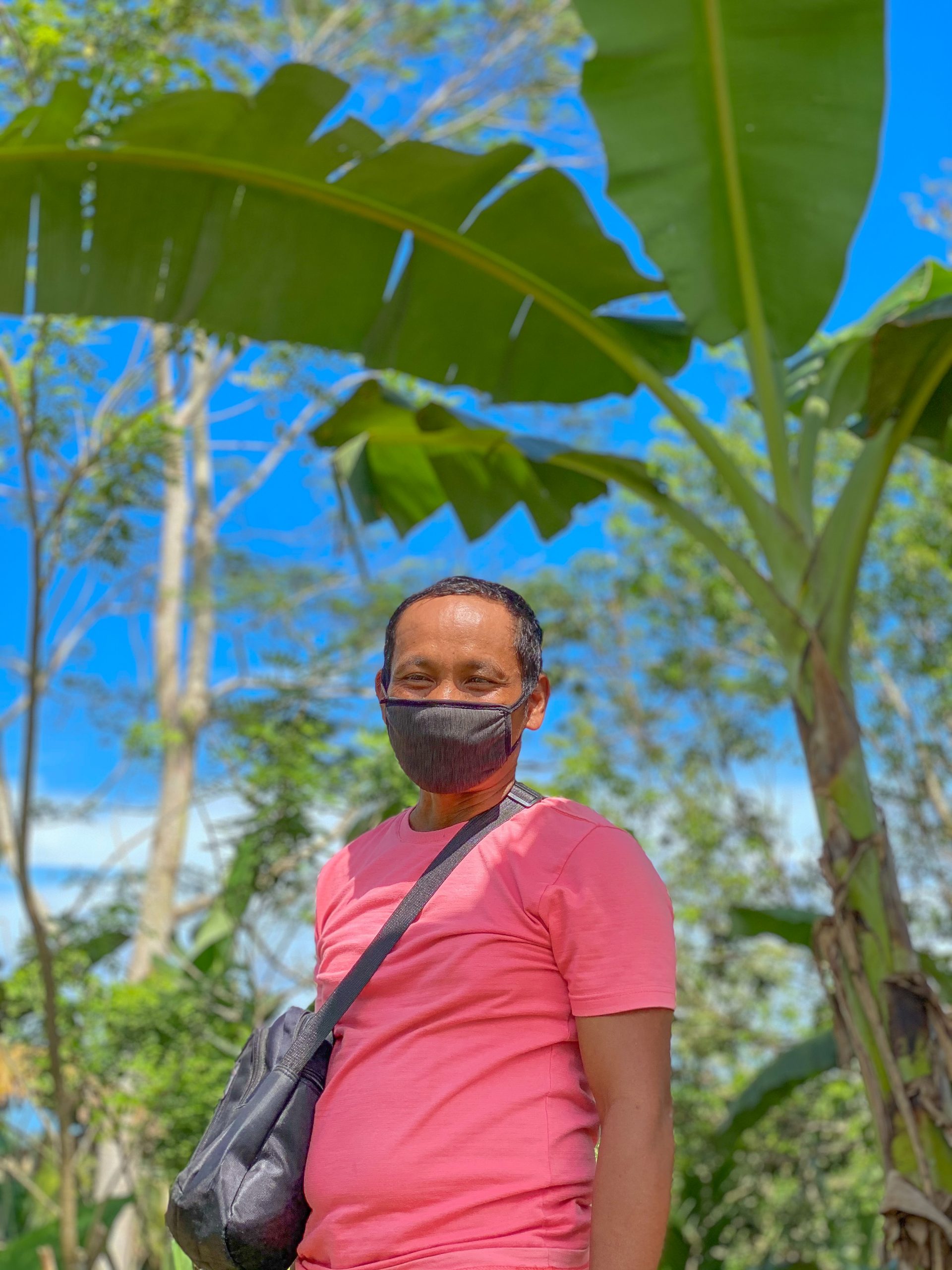
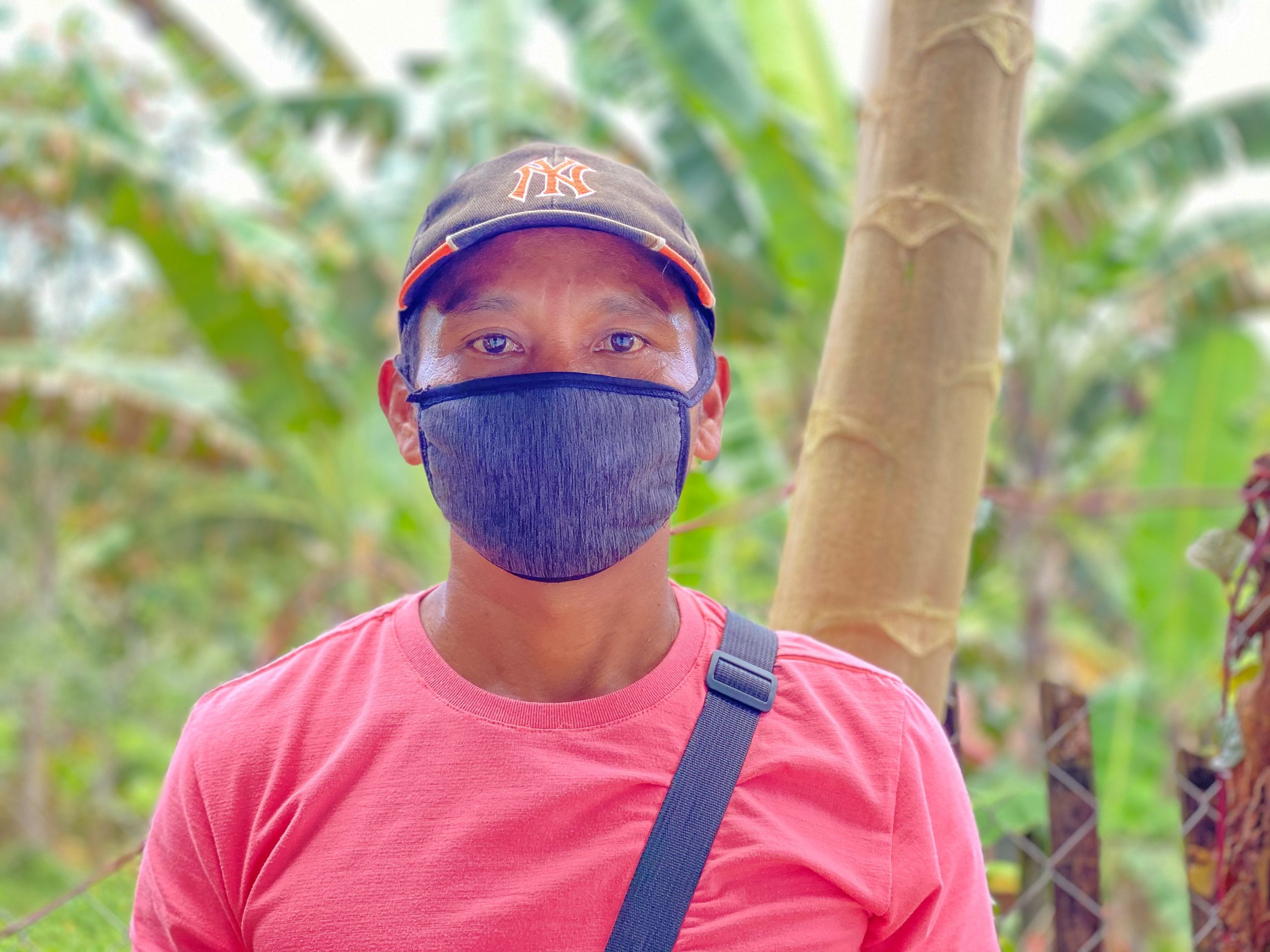
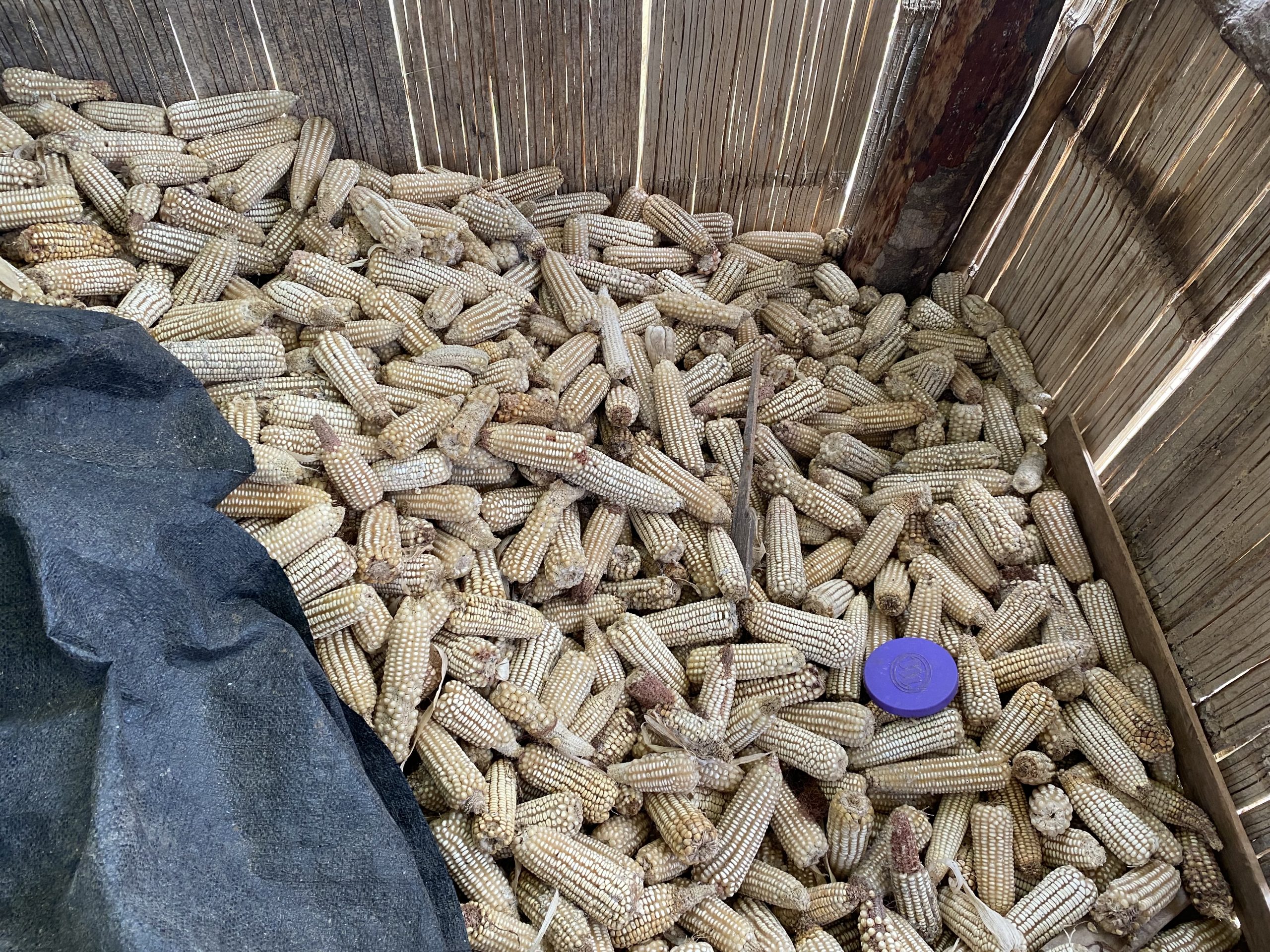
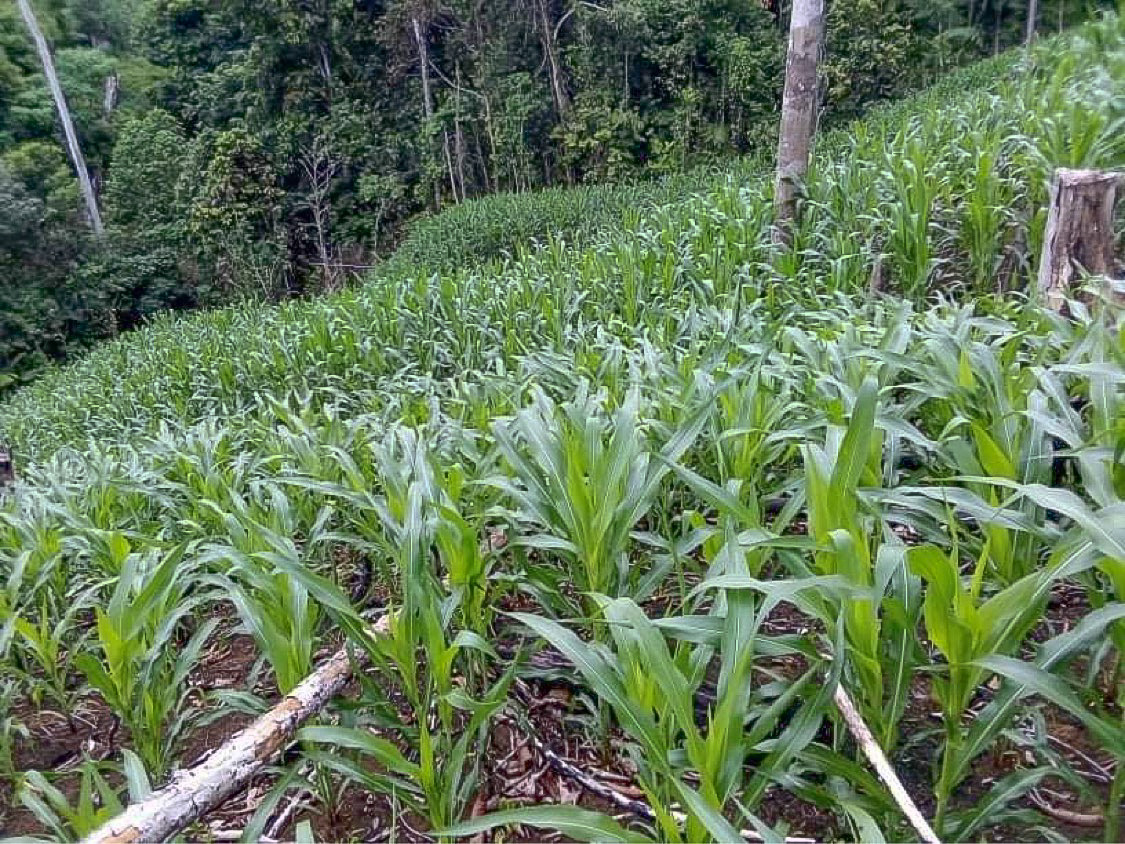
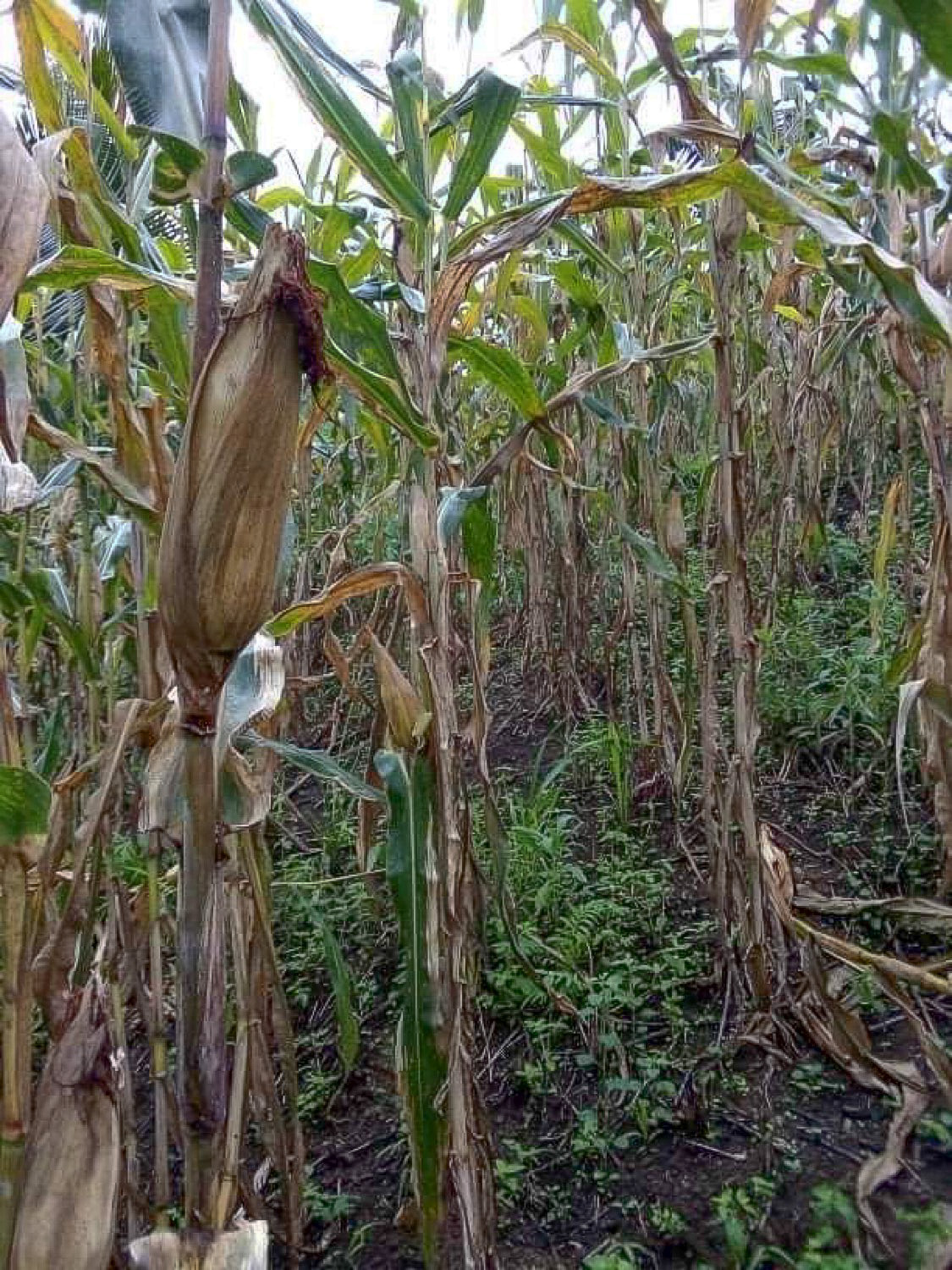
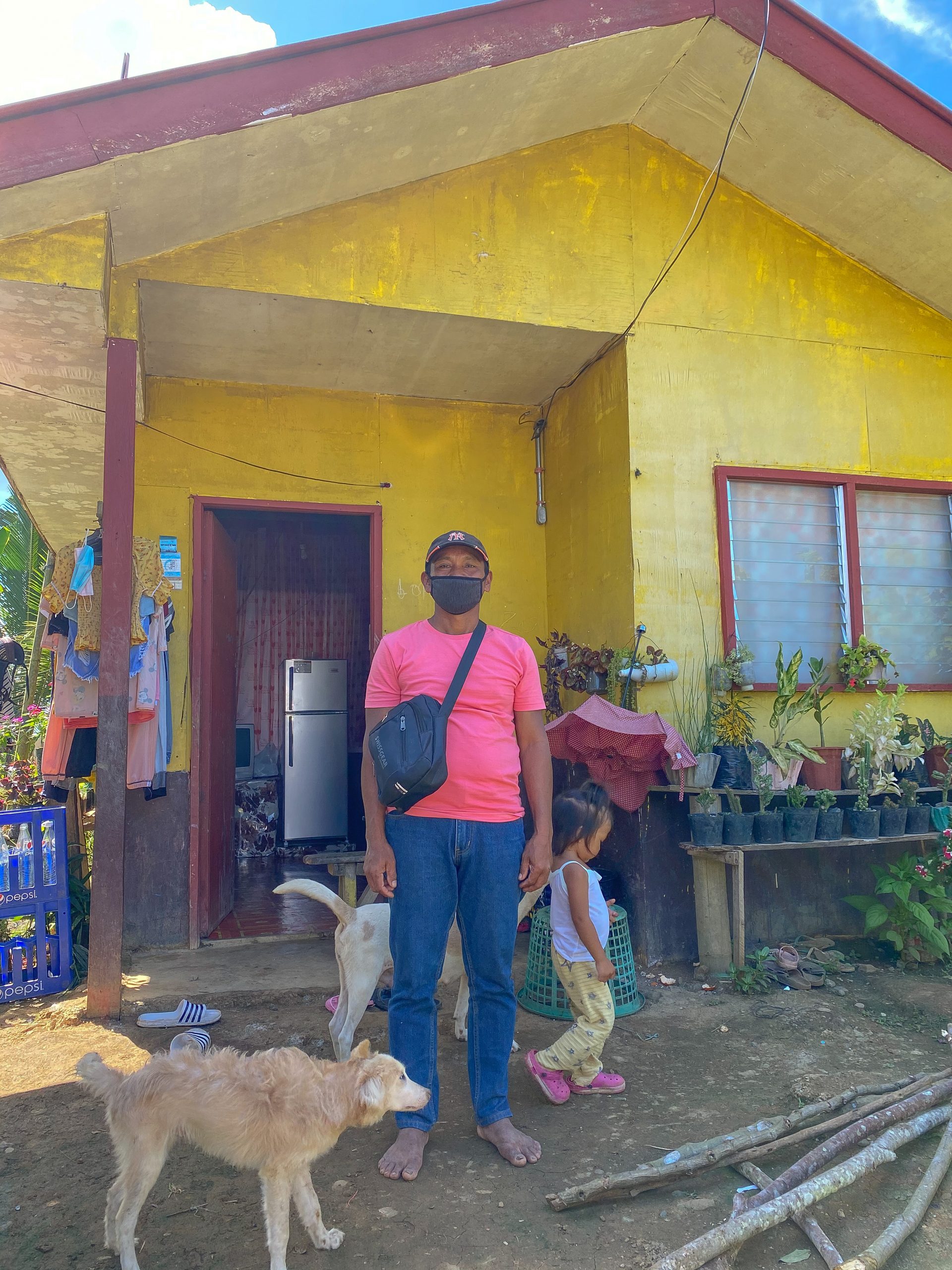
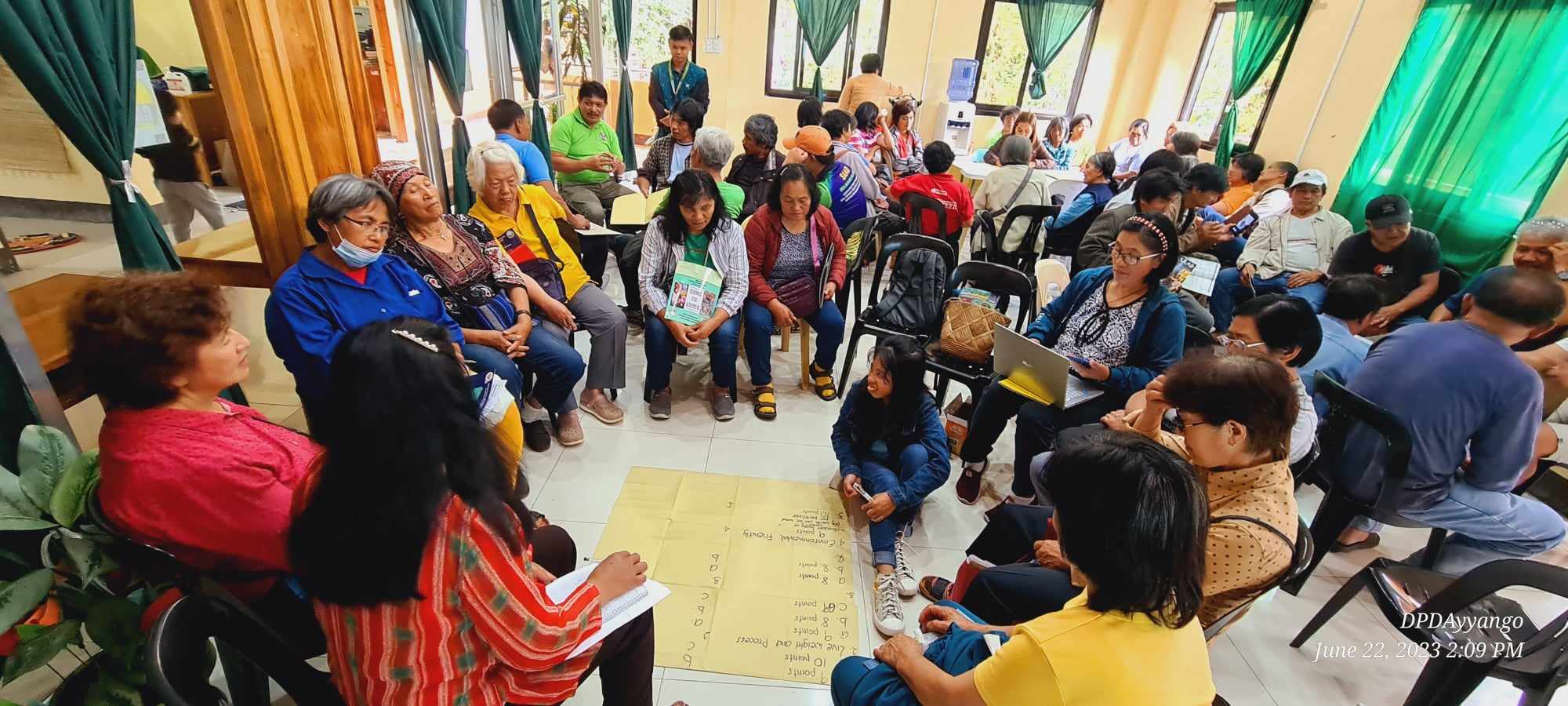
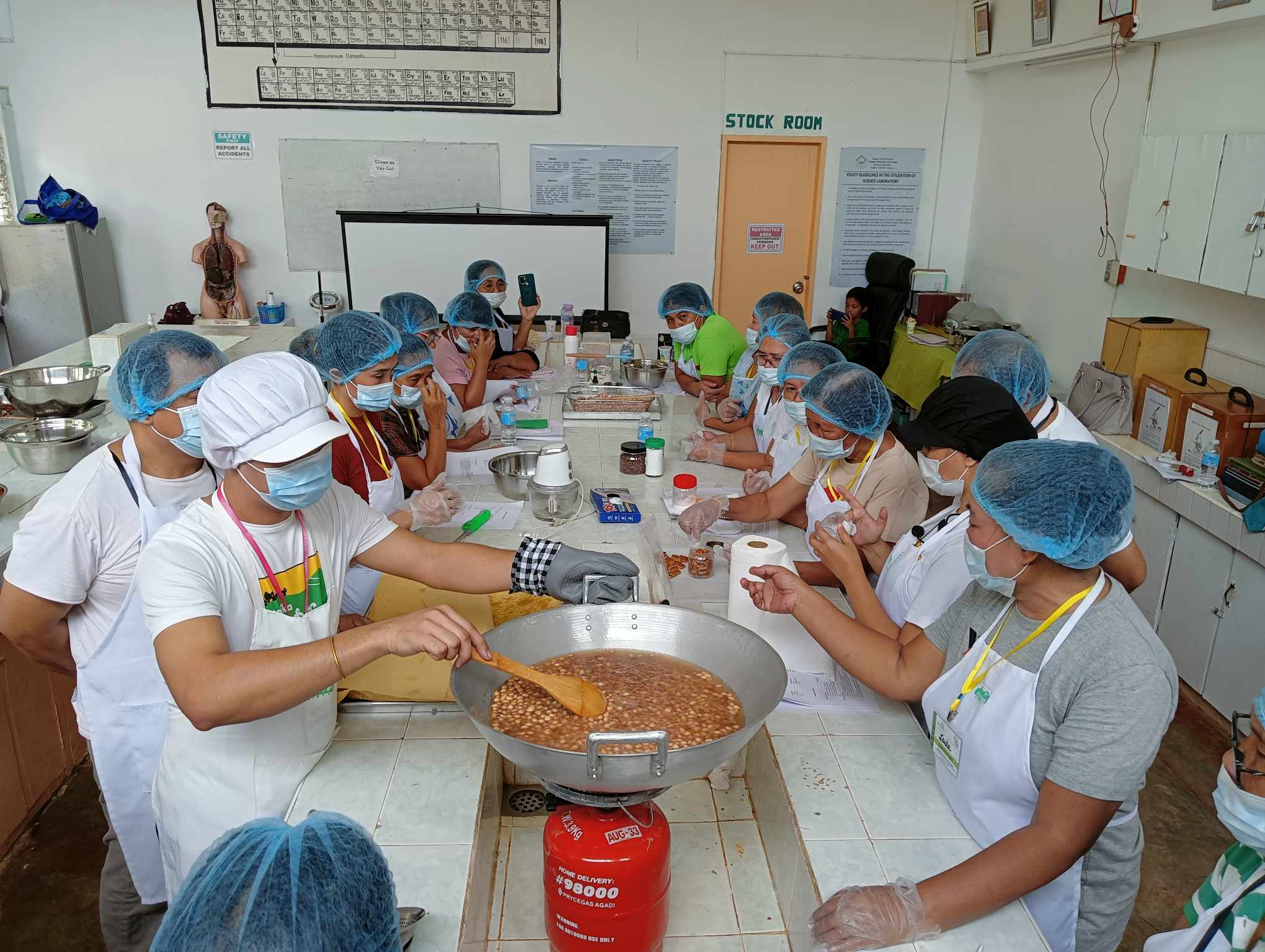
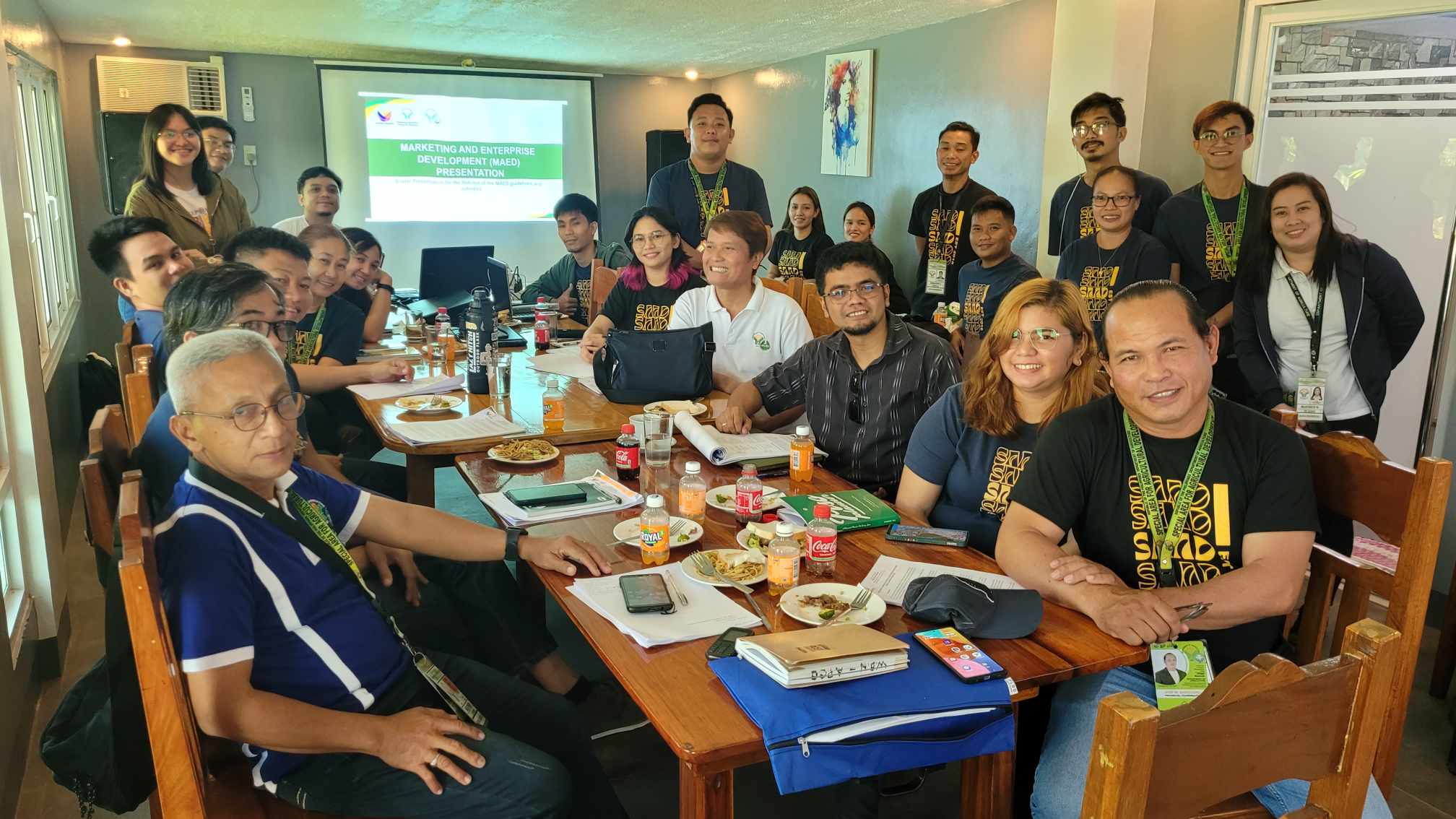
This Post Has 0 Comments